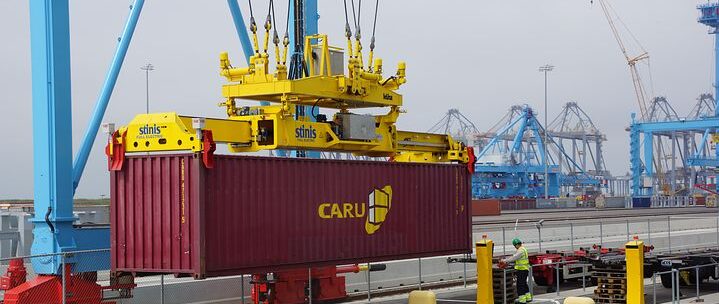
Safe Mechanisms for Following Container Unloading Practices
- By : Albert Hunt
- Category : General

What can businesses do to be safe with their container unloading practices? Enterprises big and small will have shipments interchanging at regular intervals. For them, safeguarding these exercises is not just worthwhile, but critical for their long-term viability. There are particular strategies that prove successful.
Backing Away from Door When Opening
The first safety mechanism that needs to be applied with container unloading practices will relate to the opening of the door. If the hinges open outwards, it is essential to have personnel away from this area in case the contents have become loose and compromised. There have been instances where pallets of heavy goods are leaning on the door and once opened, they create an immediate falling hazard. Consider this lesson 101 in the unloading manual.
Access Inside Only Under Key Circumstances
Safely unloading any type of container does create and risks, even if they are not obvious from the outset. Only in the event that the container has stopped and is static can anyone enter. There can be no risk of items falling. There can be no cases of spilled chemicals or toxic elements present. It must be a task executed by official team members as a collective and never in isolation.
Clarity on Weight & Contents
The techniques and strategies that professionals use in these instances should be fairly universal, yet it will be the clarity of communication and transparency with the contents of the container which might matter most. What materials are included and how much weight will be managed for the transportation of the stock? If each side of the supply chain has completed their tasks correctly, no one should be left in any doubt about what is arriving and what is needed to place it into storage.
Equipment & Resources Available
Hoping to complete container unloading practices safely and securely cannot be achieved with labour power alone. This is an exercise that requires forklifts, hooks and cables, trolleys, pallet jacks to hoists, hydraulics, ramps and beyond. So long as the removal and placement of the load is executed without interference or delay, then it should be a seamless transition for businesses which need to remain efficient and diligent at every stanza of the process.
Patience Mandatory
Patience and understanding is key in these moments. Even though organsiations will be on the clock and there are obvious pressures at either side of the shipment, it is when participants rush and overlook their duties where accidents and mistakes become prevalent. Be cautious and calculating with these procedures before any action is planned.
Trained & Educated Staff Involvement
By taking time to recognise the behaviours and actions required, it is clear that it is not an environment where amateurs are needed. Training and education is mandatory. To have certification in this field, members need to work through designated programs to appreciate how safety equipment is utilised, where they need to be positioned, what equipment they need to use and who they need to coordinate with their team. Before long, these behaviours become easier to repeat, but time is needed to invest in their expertise.
Space Cleared of Interference
Container unloading practices become a major challenge for outlets who have a limit of space and a hive of activity on the ground floor. It creates too many obstacles and potential hazards for personnel. This is where scheduling is helpful, but the nature of the location is central, ensuring that other vehicles and people are placed out of proximity while the container is being unloaded.
No Comments